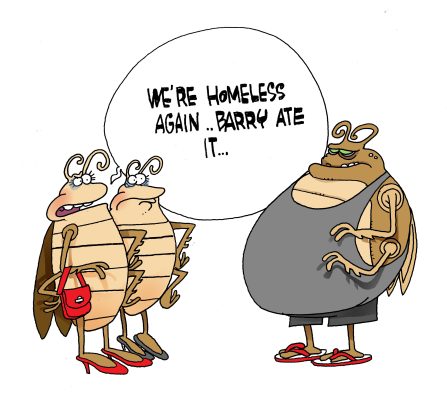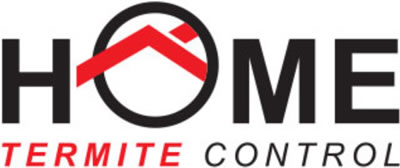Firs thing first! Have a thorough inspection. Watch this video to see what signs to look for.
https://youtu.be/iGmIB-WzizE?si=XQtb7q0cDdD_I2VE
- You first need to identify the type of termites as different termite species may require specific treatment methods. For example, Damp-wood termites won’t survive a well-ventilated subfloor! It’s helpful to know which type of termites you’re dealing with to choose the most effective eradication technique. Consulting with a professional pest control service for accurate identification is very important.

- Remove termites’ food sources: Termites feed on cellulose materials, so remove any timber on ground, cardboards and other sources of food that may attract them. Like us humans, they too need water! Fix leaks, repair damaged or damp wood, and ensure a good ventilation to reduce moisture levels in your subfloor
- If you can identify that they are subterranean termites, use termite baits: Termite baits are designed to attract termites and gradually kill the colony. But installing a bait properly at the right area is best to be conducted by professionals. When termites start eating, the baits are replenished with slow-acting toxic substances that the termites carry back to the colony and spreading the poison.
- After eradication, it is recommended to apply termiticides: Liquid termiticides are also used to create a chemical barrier around the perimeter of your home, preventing new colonies from entering your home. This treatment must be performed by professional and licenced pesti, as it requires specialised equipment, experienced and knowledge to apply effectively.
Why is it important to consult a professional pest control service?
While some DIY methods can be successful, it’s often best to use a professional pest control service to avoid severe or recurring termite problems. They have the knowledge, experience, and access to chemicals required to effectively eradicate termites from your home
